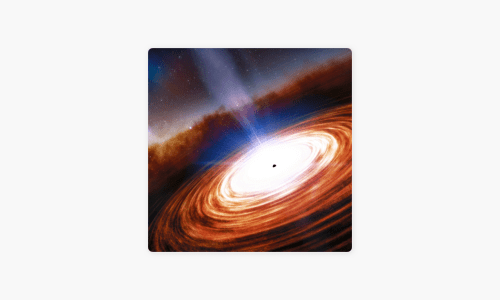See all StarTalk Radio transcripts on Applepodcasts

Cosmic Queries – Black Hole Paradox with Matt O’Dowd
55 minutes 32 seconds
🇬🇧 English
Summaries Topics Transcript Chapters Titles Socials Twitter Blog Post Newsletter Quotes Quizzes Ask ChatGPT

Omnivision Solutions Ltd
- Getting Started
- Create Transcript
- Pricing
- FAQs
- Recent Transcriptions
- Affiliates